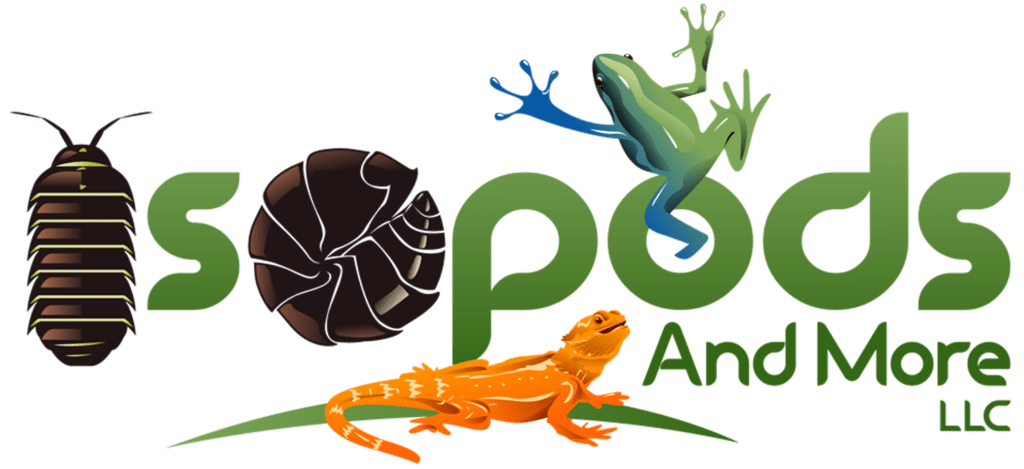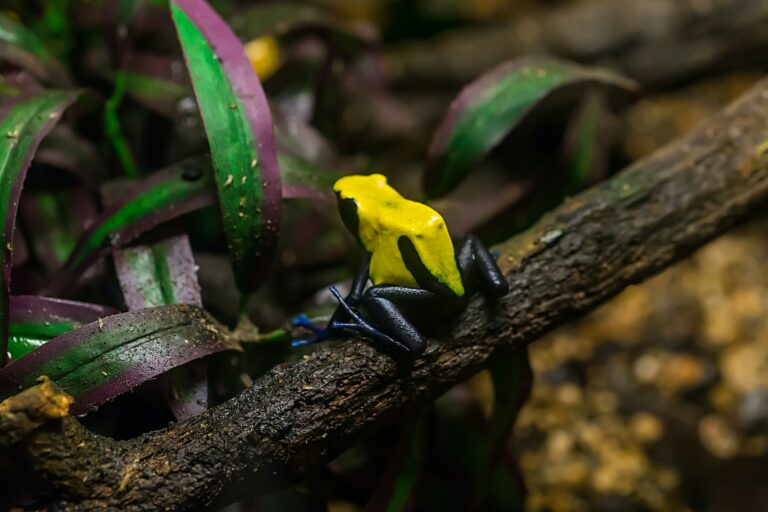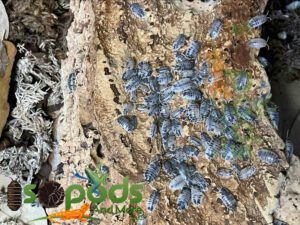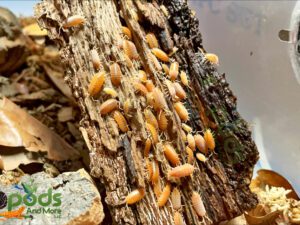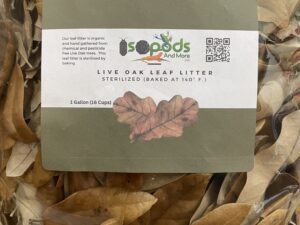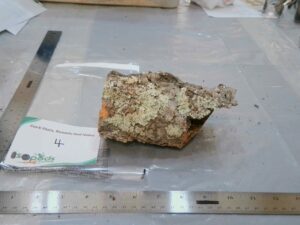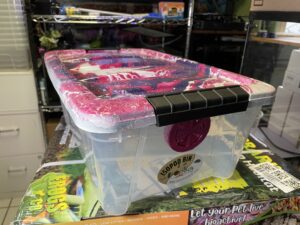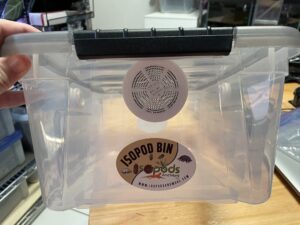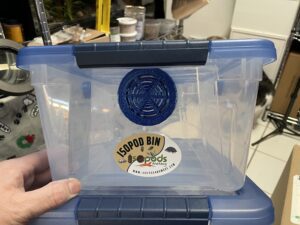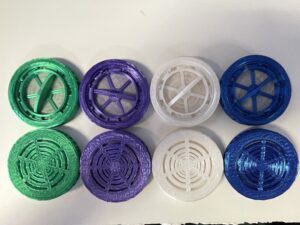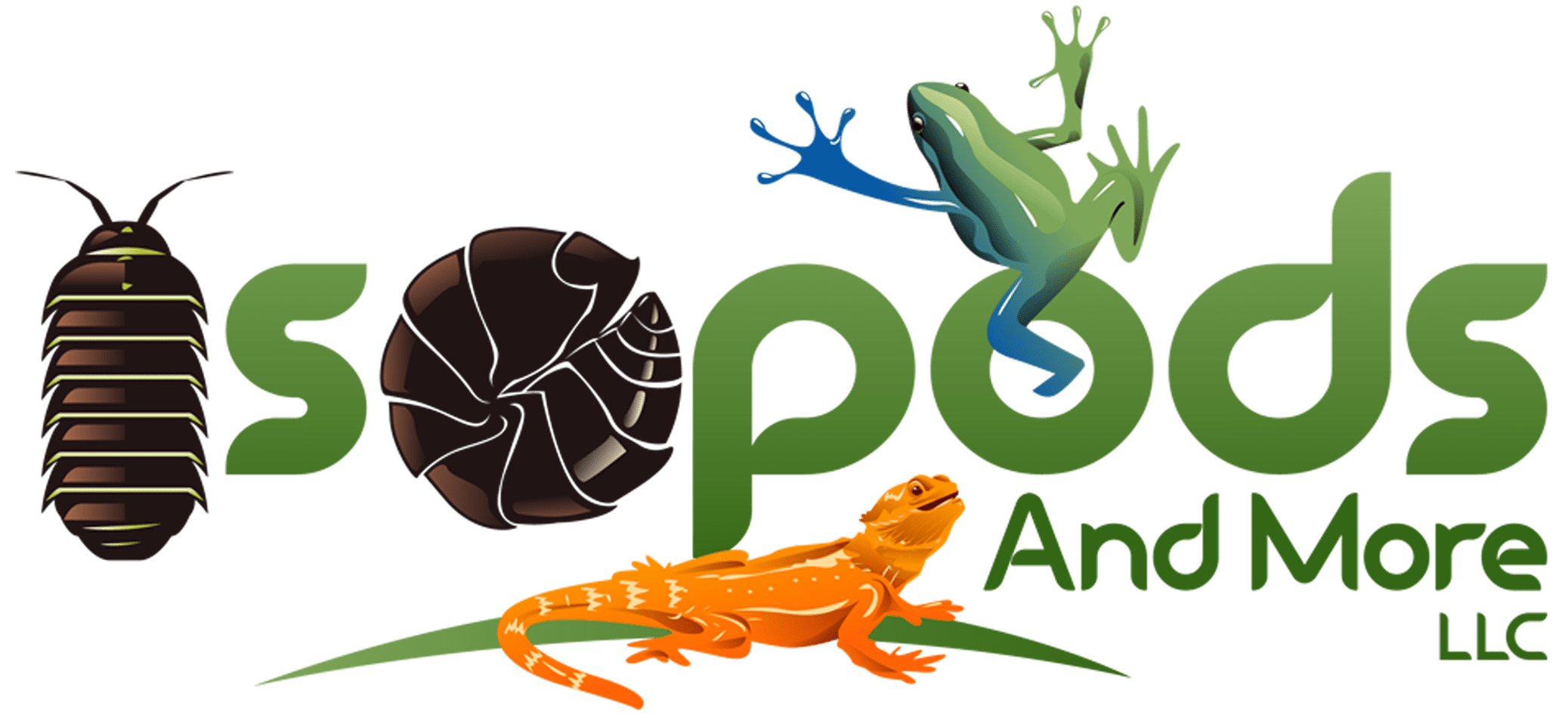Dart frogs have always been one of my favorites as a lover of exotic pets. Their vibrant colors and unique patterns make them a fascinating addition to any collection. However, it’s not enough to simply put them in a glass tank and call it a day. Dart frogs require a specific type of environment that mimics their natural habitat in order for them to thrive. In this article, I’ll walk you through the process of creating a bioactive dart frog enclosure that will keep your pets happy and healthy for years to come.
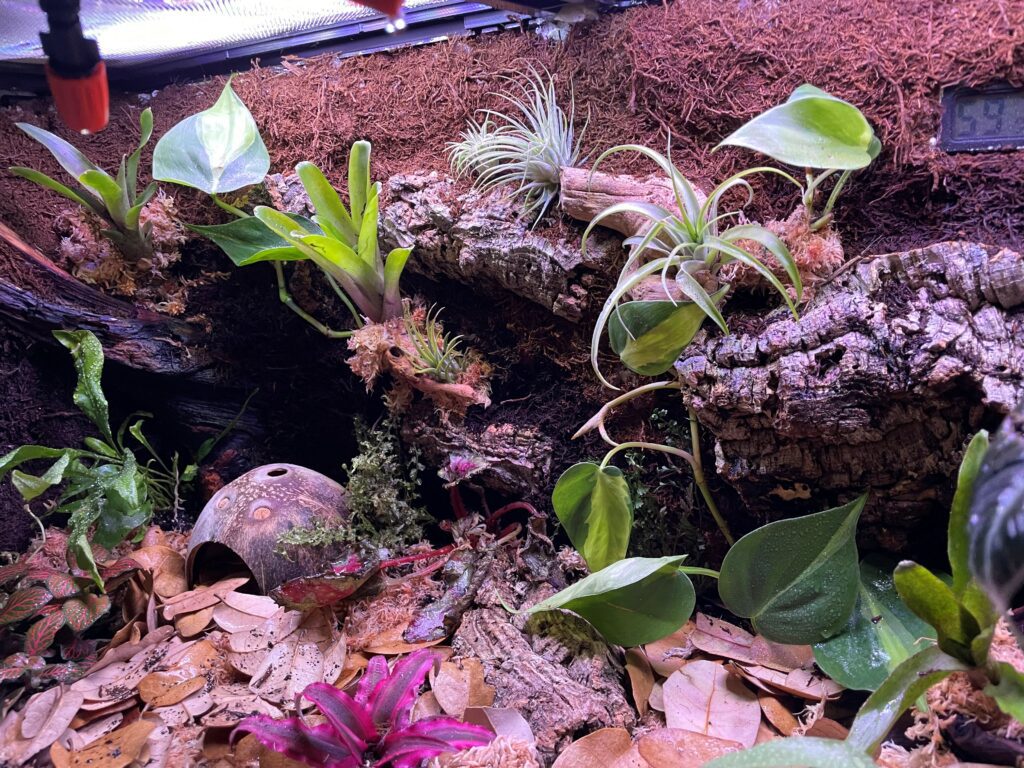
Introduction to Dart Frogs and Their Natural Habitat
Dart frogs are a type of small, brightly colored frog found in the rainforests of Central and South America. They are known for their toxic skin secretions, which are used as a defense mechanism against predators. Despite their toxicity, dart frogs are popular pets due to their striking appearance and ease of care.
In the wild, dart frogs live in the leaf litter and undergrowth of the rainforest floor. They require a warm, humid environment with plenty of hiding places and access to both water and insects for food. In order to keep your dart frogs healthy and happy in captivity, creating an enclosure replicating their natural habitat as closely as possible is crucial. this can be accomplished by designing and building a bioactive dart frog enclosure,
Benefits of Creating a Bioactive Terrarium for Dart Frogs
Creating a bioactive terrarium is one of the best ways to mimic a dart frog’s natural habitat. This type of enclosure includes live plants, soil, and microfaunae such as springtails and isopods. Adding these elements creates a self-sustaining ecosystem that provides a more natural environment for your dart frogs.
There are numerous benefits to creating a bioactive terrarium for your dart frogs. First and foremost, it provides a more natural and stimulating environment for your pets. The live plants and microfauna create a more realistic rainforest environment, which can help reduce stress and increase activity levels in your dart frogs.
Additionally, a bioactive terrarium can help regulate humidity levels and improve air quality in your home. The live plants act as natural air purifiers, while the soil and microfauna help maintain a healthy moisture balance in the enclosure.
Essential Elements of a Dart Frog Enclosure
Before we dive into creating a bioactive terrarium, it’s essential first to understand the basic elements of a dart frog enclosure. These include:
- Enclosure: Dart frogs require a vertical enclosure with plenty of floor space. A 20-gallon tank is a good starting point for a pair of dart frogs, but larger is always better. The enclosure should have a secure lid to prevent escapes and maintain humidity levels.
- Substrate: The substrate in a dart frog enclosure should be a mix of soil, sphagnum moss, and leaf litter. This provides a natural environment for your pets to burrow and hide in.
- Plants: Live plants are essential to a dart frog enclosure. They provide hiding spots, improve air quality, and create a more natural environment for your pets. Selecting non-toxic plants that can tolerate a dart frog enclosure’s warm, humid conditions is vital.
- Water: Dart frogs require both a water dish and a misting system to maintain proper hydration levels. The water dish should be shallow and easily accessible, while the misting system should be set to mist the enclosure several times a day.
- Lighting: While dart frogs don’t require UVB lighting like some other reptiles and amphibians, they do benefit from a low-wattage LED light to provide a day/night cycle.
How to Make a Bioactive Terrarium for Dart Frogs
Now that you understand the essential elements of a dart frog enclosure, it’s time to create a bioactive terrarium. Here’s a step-by-step guide:
- Start by selecting an appropriate enclosure for your dart frogs. As mentioned earlier, a 20-gallon tank is a good starting point for a pair of dart frogs.
- Add a drainage layer to the bottom of the enclosure. This can be a layer of gravel or hydroballs to prevent water from pooling at the bottom of the enclosure.
- Add a substrate layer consisting of soil, sphagnum moss, and leaf litter. This should be at least 2-3 inches deep.
- Plant your live plants, leaving plenty of hiding spots for your dart frogs. Some good plant options include bromeliads, pothos, and ferns.
- Add a water dish and set up a misting system to maintain humidity levels.
- Finally, add your dart frogs to the enclosure and monitor them closely to ensure they adapt well to their new home.
Selecting Appropriate Plants for Your Dart Frog Enclosure
Live plants are an essential component of a dart frog enclosure, but it’s important to choose the right plants for your pets. Here are some things to keep in mind when selecting plants for your dart frog enclosure:
- Non-toxic: Make sure to select plants that are non-toxic to your dart frogs. Some common toxic plants include ivy, daffodils, and lilies.
- Tolerant of high humidity: Dart frog enclosures are warm and humid, so it’s essential to select plants that can tolerate these conditions. Some good options include bromeliads, pothos, and ferns.
- Provide hiding spots: Live plants not only improve air quality in the enclosure, but they also provide hiding spots for your dart frogs. Make sure to select plants with plenty of leaves and branches for your pets to hide in.
Adding Live Food Sources for Your Dart Frogs
Dart frogs require a diet of live insects, so providing a steady food supply in their enclosure is essential. Some good options for live food sources include:
- Fruit flies: These tiny insects are a staple food for most dart frog species. They can be purchased online or at most pet stores.
- Springtails: These tiny insects are often added to bioactive terrariums to help break down waste and maintain soil health. However, they also make an excellent food source for dart frogs.
- Isopods: These tiny crustaceans are also often added to bioactive terrariums. While they may not be a primary food source for dart frogs, they can provide an additional source of nutrition.
Maintaining a Healthy Environment for Your Dart Frogs
Once you’ve set up your dart frog enclosure, it’s crucial to maintain a healthy environment for your pets. Here are some tips for keeping your dart frog enclosure clean and healthy:
- Monitor humidity levels: Dart frogs require a 60-80% humidity level. Use a hygrometer to monitor humidity levels and adjust your misting system as needed.
- Clean the enclosure regularly: Spot clean your dart frog enclosure daily, removing any uneaten food or waste. Every few months, do a deep cleaning of the enclosure by removing all substrate and thoroughly cleaning the tank.
- Provide regular water changes: Change your dart frog’s water dish at least once a week to prevent bacteria growth.
- Monitor your dart frog’s health: Keep an eye on your dart frog’s behavior and appetite. If you notice any changes in their behavior, consult a veterinarian specializing in exotic pets.
Poison Dart Frog Terrarium Design Ideas
One of the best things about creating a dart frog enclosure is the ability to customize it to your liking. Here are some design ideas for a poison dart frog terrarium:
- Naturalistic: Create a naturalistic rainforest environment by using live plants, natural wood, and rocks.
- Vivarium: Consider creating a vivarium, which is a type of enclosure that includes live plants and a self-contained ecosystem.
- Biotope: A biotope is an enclosure that replicates a specific natural environment. Consider creating a biotope that mimics the rainforests of Central or South America.
- Artistic: If you’re feeling creative, consider adding artistic elements to your dart frog enclosure, such as miniature figurines or custom backgrounds.
Where to Buy Dart Frogs and Supplies
Now that you know how to create a dart frog enclosure, you may wonder where to buy dart frogs and supplies. Here are some options:
- Pet stores: Many pet stores carry dart frogs and supplies, although the selection may be limited.
- Online retailers: Numerous online retailers specialize in exotic pets and supplies. Some popular options include Josh’s Frogs and NEHERP.
- Breeders: Consider purchasing your dart frogs from a reputable breeder who specializes in dart frogs. This ensures that you are getting healthy, captive-bred pets.
Conclusion
Creating a dart frog enclosure is not only a fun and rewarding hobby but also provides a healthy and stimulating environment for your pets. By following the steps outlined in this article, you can create a bioactive terrarium that mimics your dart frog’s natural habitat and provides a self-sustaining ecosystem for your pets to thrive in. Monitor your dart frog’s health and behavior regularly and consult with a veterinarian specializing in exotic pets if needed.
So what are you waiting for? Start creating your own dart frog enclosure today and bring the jungle home!
